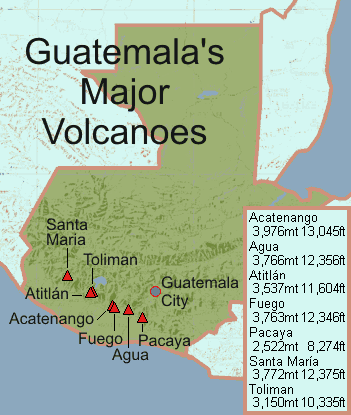Recently I completed my FAA flight review, which is required every two years. (It’s hard to believe that I’ve had my license for two years now!) This involved sitting down with my instructor to go over various flight regulations and knowledge topics (planning a cross country flight, airspace, interpreting weather products, etc.) and then going up in the air to put me through my flying paces. We did some takeoffs and landings, and then just after one takeoff he suddenly asked, “Now, if your engine quit right here, could you make it back to the runway?”
My brain sort of froze because this is NOT how we practice engine-out landings. I had just turned crosswind and was perhaps 700′ above the ground. This isn’t quite the worst-case scenario (that is when your engine dies before that first turn, while you’re still pointed directly away from the runway), but it certainly was unfamiliar and unexpected (just like a real emergency would be).
“Power to idle,” my instructor directed.
My stomach sank along with the engine’s RPMs as I began banking back towards the runway – the WRONG runway – the end we’d just taken off from. Meanwhile, my instructor got permission from the tower for this wrong-direction “teardrop” landing. There was an 8-knot wind pretty much aligned with the runway, which was perfect for our takeoff. According to the audio recording, I said, “You’re a crazy man, I’m landing with a tailwind!”
Him: “Yep, so, we’ll be ready for a go-around.”
I could see we were coming in high (high!) so I kept turning to make my teardrop into more of an S shape and give me more time to lose altitude. Flaps went in. It wasn’t enough. We went into a slip and that helped. And then we were close to the ground and I flared and we landed – a little long, but acceptable. Wow!
So, this wasn’t quite the impossible turn (in fact it was very possible). But doomed (i.e., fatal) attempts to turn back to the runway without sufficient altitude are a serious and continuing problem in aviation. The general advice is to pick a minimum altitude above ground (e.g., 500′, 1000′) below which, if the engine dies, you should NOT try to turn and should instead continue straight ahead.
I like this advice:
Before every takeoff, prepare yourself for a possible engine failure with a short briefing stating out loud what you will do if the engine fails on the runway, below your minimum turnaround altitude and above that altitude. Then make a quick callout as you climb through your minimum turnaround altitude. That way, if the engine fails on takeoff, your decision is easy. If you haven’t made the minimum altitude call, you don’t even consider turning around. Just get the nose down, keep the airplane flying, and look within about a 60-degree arc for the best place to set the airplane down. The bad news is that someone will almost certainly have to call your insurance company. The good news is that you will almost certainly be able to make the call yourself.
The idea is that an abort/failure briefing can help make emergency response actions automatic rather than slowed by disbelief and denial. It is also possible to practice the necessary turn, at higher altitudes and away from the airport, to determine how much altitude you’ll lose. I’ve done this, and it was quite interesting, but it lacks the scare factor and adrenaline rush and “the ground is right there” visuals of a real low-altitude engine failure. Better than nothing though!
It’s good to get to try new things with the support of an instructor. He noted that that was about the limit (in terms of minimum height above ground and maximum tailwind) in which he’d like to try that sort of thing. I translate that into my own personal minimums as: “Don’t try this at home. Yet.”








